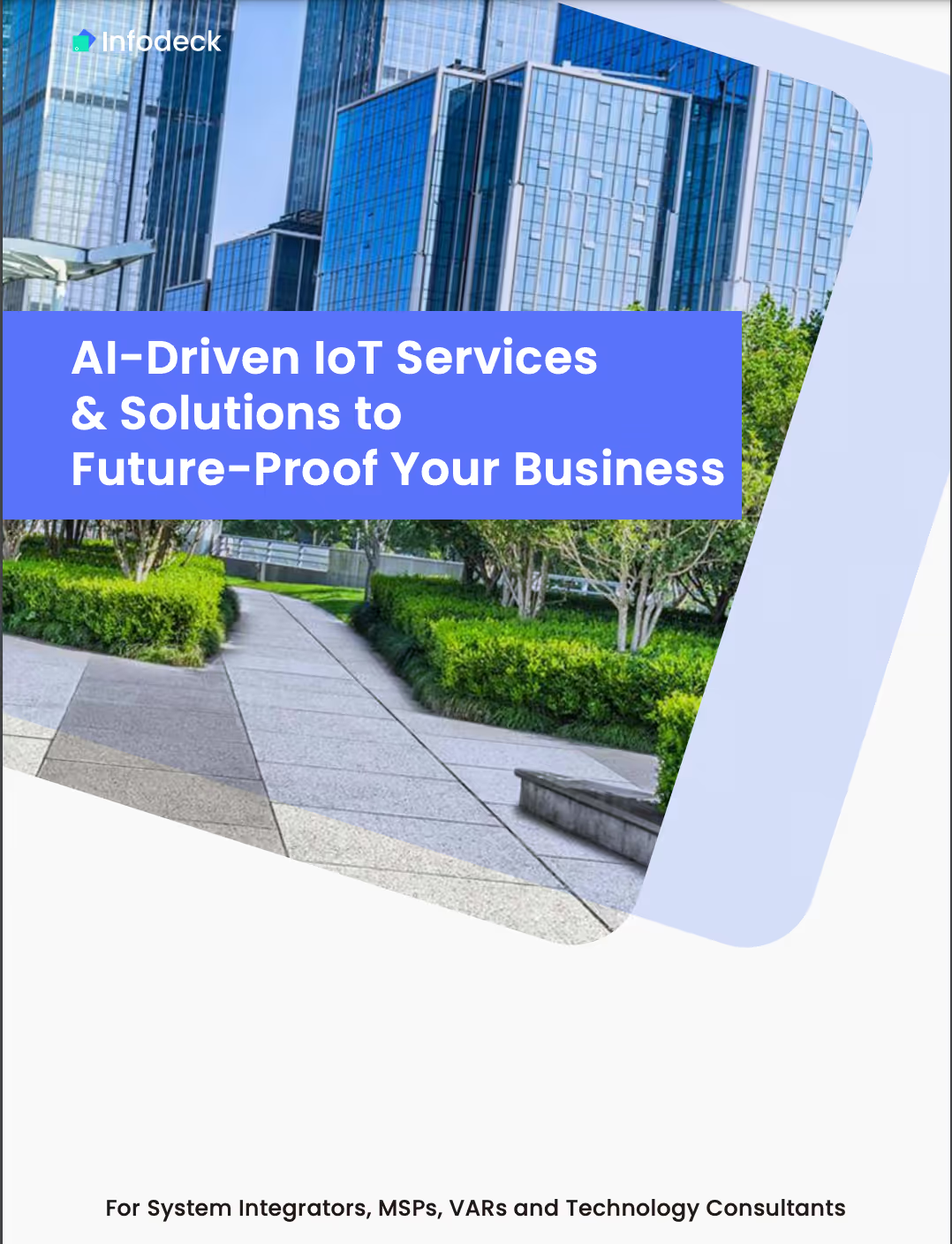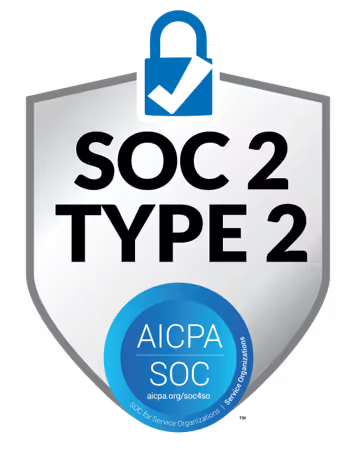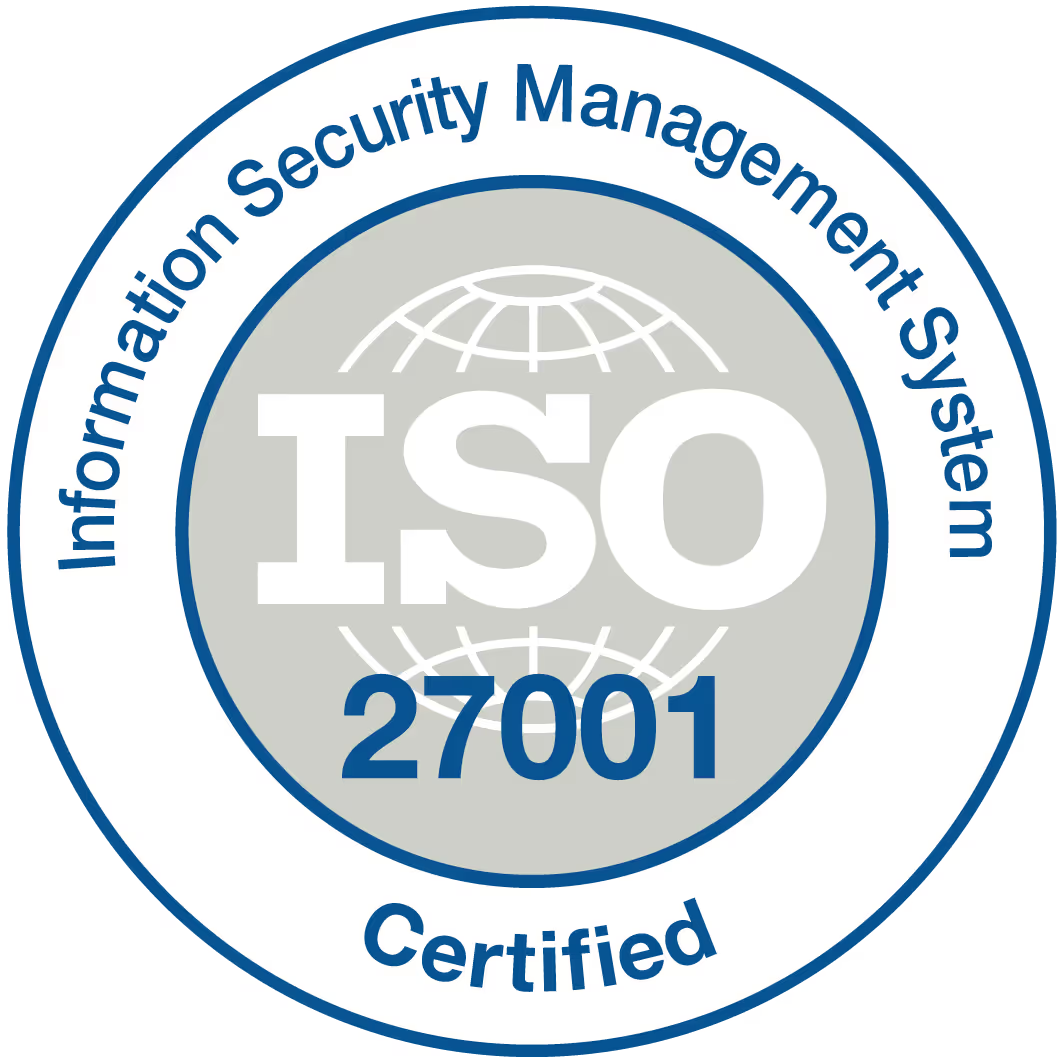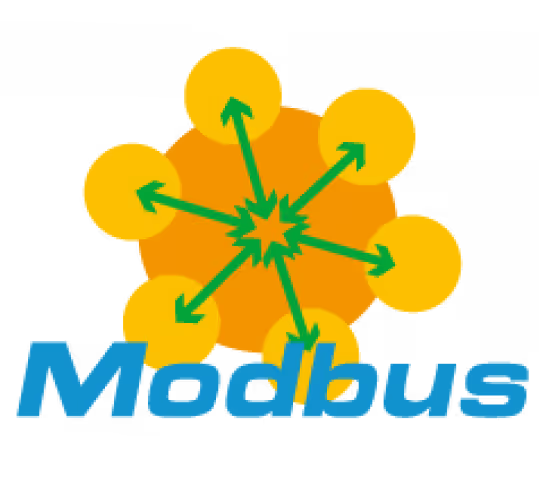Smart FM: Boost Efficiency with Smart Facility Management

Smart FM: Boost Efficiency with Smart Facility Management
Facility management just got smarter. Smart FM is an innovative product that leverages technology to optimize building operations and enhance occupant experience in facilities. By utilising advanced technology, Smart FM reduces the need for manpower and automates various services, resulting in improved efficiency and cost-effectiveness in facilities management. The Infodeck Smart FM solution revolutionizes facility management, bringing about a transformative change in the industry. Unlike traditional methods, Smart FM integrates various systems and devices, including HVAC, lighting, security, and more, into a centralised platform to achieve energy savings. With its connected products and services, Smart FM revolutionises construction facilities. This enables real-time monitoring and control of smart buildings' functions, ensuring efficient resource utilization and proactive maintenance of connected products for facilities, users, and the fm team. This helps reduce cost.
Gone are the days of manual checks and reactive responses in the era of smart buildings and facilities with an fm team. Vendors, users, and facilities now rely on smart technology to gather and analyse information efficiently. With Smart FM, your FM team can proactively identify potential facilities issues before they escalate into costly problems. By harnessing the power of data analytics and automation, Smart FM streamlines workflows, reduces energy consumption, improves sustainability efforts, and enhances overall operational efficiency.
Get ready to embrace the future of facility management with Smart FM. Say goodbye to outdated practices and welcome a new era of intelligent buildings that prioritise efficiency, comfort, sustainability, and BCA.
Benefits of Implementing Smart FM Solutions
Smart FM solutions offer numerous benefits for businesses and organisations. From reducing energy consumption to enhancing security, these solutions have the potential to revolutionise facility management operations. Let's delve into the advantages of implementing Smart FM solutions.
Reduces Energy Consumption and Costs
One of the key benefits of implementing Smart FM solutions is the significant reduction in energy consumption and costs. These solutions utilise advanced technologies such as IoT sensors, data analytics, and automation to optimise energy usage within facilities. By monitoring and controlling lighting, heating, ventilation, and air conditioning systems in real-time, Smart FM solutions ensure that energy is used efficiently. This not only helps businesses save on utility bills but also contributes to a greener environment by minimising carbon footprint.
Improves Maintenance Efficiency with Predictive Maintenance
Another advantage of Smart FM solutions is their ability to improve maintenance efficiency through predictive maintenance. Traditional facility management often relies on reactive maintenance practices where repairs are carried out after equipment failure or malfunction. However, with Smart FM solutions, predictive maintenance can be implemented by leveraging data from sensors and equipment monitoring systems. By analyzing this data using machine learning algorithms, potential issues can be identified before they escalate into major problems. This proactive approach reduces downtime, extends equipment lifespan, and optimises maintenance schedules.
Enhances Security with Advanced Access Control Systems
Security is a top priority for any facility or organization. Smart FM solutions enhance security measures through advanced access control systems. These systems leverage technologies such as biometric authentication, facial recognition, smart cards, or keyless entry systems to ensure secure access to buildings or restricted areas within facilities. With real-time monitoring capabilities and automated alerts for suspicious activities or breaches in access control protocols, Smart FM provides an added layer of protection against unauthorised entry or security threats.
Provides Valuable Data Insights for Informed Decision-Making
Smart FM solutions generate valuable data insights that enable informed decision-making for facility managers and stakeholders. By collecting and analyzing data from various sources, including occupancy sensors, energy usage patterns, maintenance records, and environmental conditions, Smart FM solutions provide a comprehensive view of facility operations. This data-driven approach allows for proactive decision-making regarding resource allocation, space utilisation, energy conservation strategies, and equipment upgrades or replacements.
Getting Started with Smart FM Implementation
Assessing the current facility management practices is the first step towards implementing Smart FM solutions. This involves evaluating how things are currently being done and identifying areas that could benefit from improvement. By conducting a thorough assessment, you can gain insights into the pain points and challenges faced by your facility management team.
Once you have identified areas for improvement, it is crucial to define specific goals and objectives for implementing Smart FM solutions. What do you hope to achieve through this implementation? Are you looking to streamline processes, increase efficiency, reduce costs, or enhance overall productivity? Clearly defining your goals will provide a clear direction for your implementation efforts.
Selecting suitable technologies and vendors is another critical aspect of implementing Smart FM solutions. It's important to consider your business requirements when choosing the right technology and vendor. Look for solutions that align with your goals and offer features that address your specific needs. Get started. Research different vendors, compare their offerings, get started with a free trial, and choose one that best fits your requirements.
Developing a comprehensive implementation plan is essential for a smooth transition to Smart FM solutions. This plan should outline all the necessary steps and include clear timelines for each stage of the implementation process. A well-structured plan ensures that everyone involved understands their roles and responsibilities, reducing confusion and ensuring efficient execution.
In addition to these key steps, it's vital to involve stakeholders throughout the implementation process. Engage with facility managers, maintenance staff, IT personnel, and other relevant parties to gather their input and ensure buy-in from all stakeholders. Their involvement will help identify any potential roadblocks or challenges early on in the process.
Training plays a significant role in successful Smart FM implementation. Once the solution is in place, provide comprehensive training sessions to familiarize employees with its features and functionalities. This will empower them to make full use of the new system effectively.
Regular monitoring and evaluation are crucial after implementing Smart FM solutions. Keep track of key performance indicators (KPIs) to measure the effectiveness of the solution and identify any areas that require further improvement. This ongoing evaluation will help you optimise your Smart FM implementation and ensure its long-term success.

Managing Low Occupancy Buildings for Safety and Efficiency
In today's rapidly changing world, facility management has become more crucial than ever. Building owners and facility managers are constantly seeking ways to optimise their facilities for safety, efficiency, and cost-effectiveness. This is especially true for low occupancy buildings where there may be fewer occupants or periods of unoccupied spaces.
Utilise occupancy sensors to optimise lighting, heating, and cooling in low occupancy areas.
One effective way to enhance energy efficiency in low occupancy buildings is by utilising occupancy sensors. These sensors can detect the presence or absence of occupants in different areas of the building and adjust lighting, heating, and cooling accordingly. By automatically dimming lights or adjusting temperature settings when no one is present, unnecessary energy consumption can be minimized. This not only reduces utility costs but also contributes to a more sustainable environment.
Implement remote monitoring systems to ensure safety in unoccupied spaces.
When a building has low occupancy or unoccupied spaces, it becomes crucial to ensure the safety and security of those areas. Remote monitoring systems provide real-time visibility into various aspects of the building such as temperature levels, humidity levels, fire alarms, and security cameras. By implementing such systems, facility managers can remotely monitor these areas and promptly address any potential issues that may arise. This proactive approach ensures that safety measures are maintained even during periods of low occupancy.
Integrate smart security systems to enhance protection during low occupancy periods.
Low occupancy buildings are often vulnerable targets for theft or unauthorised access due to reduced activity levels. Integrating smart security systems can significantly enhance protection during these periods. These systems may include features such as access control with biometric authentication or smartphone-based entry systems, surveillance cameras with motion detection capabilities, and alarm systems connected directly to security services. By leveraging advanced technology solutions like these, building owners can maintain a high level of security even with reduced occupancy.
Optimize cleaning schedules based on actual usage patterns in low occupancy buildings.
In low occupancy buildings, it is essential to optimise cleaning schedules to avoid unnecessary expenses and resource wastage. By analysing actual usage patterns and foot traffic data, facility managers can determine the areas that require more frequent cleaning and those that can be cleaned less frequently. This data-driven approach ensures that cleaning efforts are focused where they are needed most, reducing costs associated with excessive cleaning while maintaining a clean and hygienic environment for occupants.
By implementing these strategies, facility managers can effectively manage low occupancy buildings for safety and efficiency. Occupancy sensors optimize energy usage, remote monitoring systems ensure safety in unoccupied spaces, smart security systems enhance protection during low occupancy periods, and optimised cleaning schedules reduce costs while maintaining cleanliness. Embracing these technologies and practices not only improves the overall management of facilities but also offers comfort, reliability, and cost savings for building owners.

Increasing Operational Productivity in Low Occupancy Buildings
In low occupancy buildings, it becomes crucial to find ways to optimise productivity and efficiency. By leveraging smart FM technologies, you can enhance operational processes and maximise productivity even in reduced staff environments. Let's explore some key strategies to achieve this.
Use Space Utilisation Analytics for Optimal Layout
Space utilisation analytics provide valuable insights into how your building is being utilised. By analysing data on occupancy patterns, you can identify areas that are underutilised or overcrowded. This information allows you to optimize the layout of your building, ensuring that spaces are allocated efficiently and effectively.
- Pro Tip: Consider implementing hot-desking or flexible workspaces to make the most of available space.
- Example: Using space utilisation analytics, a company discovered that their conference rooms were frequently empty while employees struggled to find available desks. They reconfigured their layout, converting some conference rooms into additional workstations, resulting in improved productivity and better space utilisation.
Implement Automated Workflows for Streamlined Task Management
With reduced manpower in low occupancy buildings, it's essential to streamline task management processes. By implementing automated workflows, you can ensure tasks are assigned promptly and completed efficiently.
- Pros:
- Reduces manual errors and delays
- Enables real-time tracking of task progress
- Improves overall operational efficiency
- Cons:
- Initial setup may require time and resources
- Requires integration with existing systems
Leverage IoT Devices for Remote Equipment Monitoring
In low occupancy buildings, equipment downtime risks become more significant due to reduced staff presence. To mitigate these risks, leverage IoT devices to monitor equipment performance remotely.
- Pros:
- Enables proactive maintenance by identifying potential issues before they cause breakdowns
- Reduces costs associated with emergency repairs
- Improves equipment lifespan through optimised maintenance schedules
- Cons:
- Requires initial investment in IoT devices and infrastructure
- May require training for staff to operate and interpret data from IoT devices
Enable Mobile Access to Critical Facilities Information
In low occupancy buildings, it's crucial to have efficient remote operations. By enabling mobile access to critical facilities information, you empower staff to access important data and perform necessary tasks from anywhere.
- Pros:
- Facilitates remote monitoring and control of building systems
- Enables quick response to emergencies or maintenance issues
- Increases flexibility and productivity of staff working remotely
- Cons:
- Security concerns regarding access to sensitive information
- Requires robust mobile infrastructure for seamless connectivity
By implementing these strategies, you can significantly enhance operational productivity in low occupancy buildings. Smart FM technologies provide the tools and solutions needed to optimize space utilization, streamline task management, monitor equipment remotely, and enable efficient remote operations. Embrace these technologies and unlock the potential for increased efficiency, energy savings, improved outcomes, and GUIDE TO SMART FM in your building operations.
Enhancing Workplace Wellness and Employee Productivity with Smart FM
Implementing smart facility management (FM) solutions can have a significant impact on workplace wellness and employee productivity. By leveraging technology, FM managers can create a holistic solution that caters to the well-being of personnel. Let's explore some key ways in which smart FM can enhance workplace wellness and boost employee productivity.

Utilise Smart Lighting Systems
Smart lighting systems offer more than just energy efficiency. They can mimic natural light patterns, promoting employee well-being by creating a healthier work environment. These systems can adjust the color temperature and intensity of lights throughout the day, aligning with circadian rhythms. This helps regulate sleep-wake cycles, improve mood, and increase alertness among employees. By simulating natural light, smart lighting systems contribute to reduced eye strain and fatigue.
- Pros:
- Better alignment with natural light patterns promotes employee well-being.
- Regulated sleep-wake cycles lead to increased alertness and productivity.
- Cons:
- Initial setup costs may be higher compared to traditional lighting systems.
- Requires regular maintenance and software updates for optimal performance.
Implement Temperature Control Features
Temperature plays a crucial role in employee comfort and productivity. With smart FM solutions, temperature control features can be personalized to meet individual preferences. Employees can adjust their workspace temperatures according to their comfort levels through intuitive interfaces or mobile apps connected to the building's heating, ventilation, and air conditioning (HVAC) system. Maintaining optimal temperatures contributes to improved concentration levels and overall job satisfaction.
- Pros:
- Personalised temperature settings enhance employee comfort.
- Optimal temperatures increase focus and productivity.
- Cons:
- Balancing individual preferences may require careful HVAC system calibration.
- Potential challenges in managing energy consumption when accommodating varying temperature preferences.
Integrate Air Quality Monitoring Systems
Indoor air quality has a direct impact on employee health, well-being, and productivity. Smart FM solutions can incorporate air quality monitoring systems that continuously assess and maintain a healthy indoor environment. These systems measure parameters such as CO2 levels, humidity, and particulate matter to ensure optimal air quality. By providing real-time data and alerts, employees can take necessary actions to improve air quality and create a healthier workspace.
- Pros:
- Continuous monitoring ensures a healthy indoor environment.
- Real-time data empowers employees to make informed decisions regarding air quality.
- Cons:
- Initial investment in air quality monitoring systems may be required.
- Regular maintenance is essential for accurate readings.
Offer Access to Wellness Programs through Smart Building Apps
Smart FM solutions can provide employees with easy access to wellness programs through dedicated building apps. These apps can offer features like fitness challenges, meditation sessions, nutrition tips, and reminders for regular breaks. By integrating wellness programs into the smart building ecosystem, employers demonstrate their commitment to employee well-being while fostering a positive work culture. This encourages employees to prioritise their health and leads to increased motivation and productivity.
- Pros:
- Convenient access to wellness programs promotes employee engagement.
- Encourages a healthy work-life balance and fosters a positive work culture.
- Cons:
- Requires consistent promotion of wellness programs for maximum participation.
- The effectiveness of wellness programs may vary depending on individual preferences.
By leveraging smart FM solutions, organisations can create an environment that prioritises workplace wellness while boosting employee productivity. From simulating natural light patterns to personalised temperature control features and maintaining optimal indoor air quality—smart FM offers numerous benefits that positively impact both individuals and the overall organization.
The Advantages of Smart FM
In today's fast-paced world, efficiency and productivity are key to success. That's why implementing smart FM solutions can be a game-changer for your business. By harnessing the power of technology, you can streamline your facility management processes with the GUIDE TO SMART FM, saving time and resources.
But the benefits of smart FM go beyond just efficiency. Imagine a workplace where safety is enhanced and employees are more productive. With smart FM, you can achieve just that. By utilising advanced sensors and data analytics, you can effectively manage low occupancy buildings, ensuring safety protocols are followed while optimising energy consumption.
So why wait? Embrace the advantages of smart FM today and take your facility management to the next level. Your business will thrive in an environment that prioritises safety, efficiency, and employee well-being.
FAQs
Can smart FM solutions be customised for different types of businesses?
Yes! Smart FM solutions are highly customisable to meet the specific needs of different businesses. Whether you're managing an office building, a healthcare facility, or a retail store, these solutions can be tailored to suit your requirements. From occupancy monitoring to temperature control systems, smart FM can be adapted to optimise operations in any industry.
How long does it take to implement smart FM in my facility?
The implementation timeline for smart FM depends on various factors such as the size of your facility and the complexity of the solution being implemented. Generally, it takes several weeks or months to complete the installation process and ensure seamless integration with existing infrastructure. However, it's important to note that each project is unique and may require different timelines.
Are there any privacy concerns with using smart FM solutions?
Privacy is a legitimate concern. However, reputable smart FM providers prioritise data security and comply with privacy regulations. They employ robust encryption methods and anonymise data whenever possible to protect user privacy. It's crucial to choose a trusted provider and ensure that proper security measures are in place.
Can smart FM solutions help reduce energy costs?
Absolutely! One of the key advantages of smart FM is its ability to optimise energy consumption. By monitoring occupancy levels, adjusting lighting and HVAC systems accordingly, and identifying energy wastage, these solutions can significantly reduce energy costs. With real-time data insights, you can make informed decisions to minimise your facility's environmental footprint while saving money on utility bills.
How user-friendly are smart FM solutions?
Smart FM solutions are designed with user-friendliness in mind. The Infodeck Smart FM interface is intuitive and easy to navigate, allowing facility managers to access real-time data, generate reports, and make informed decisions effortlessly. Many providers offer training, support services, and a free trial to ensure smooth implementation and ongoing usage of the system.


.png)


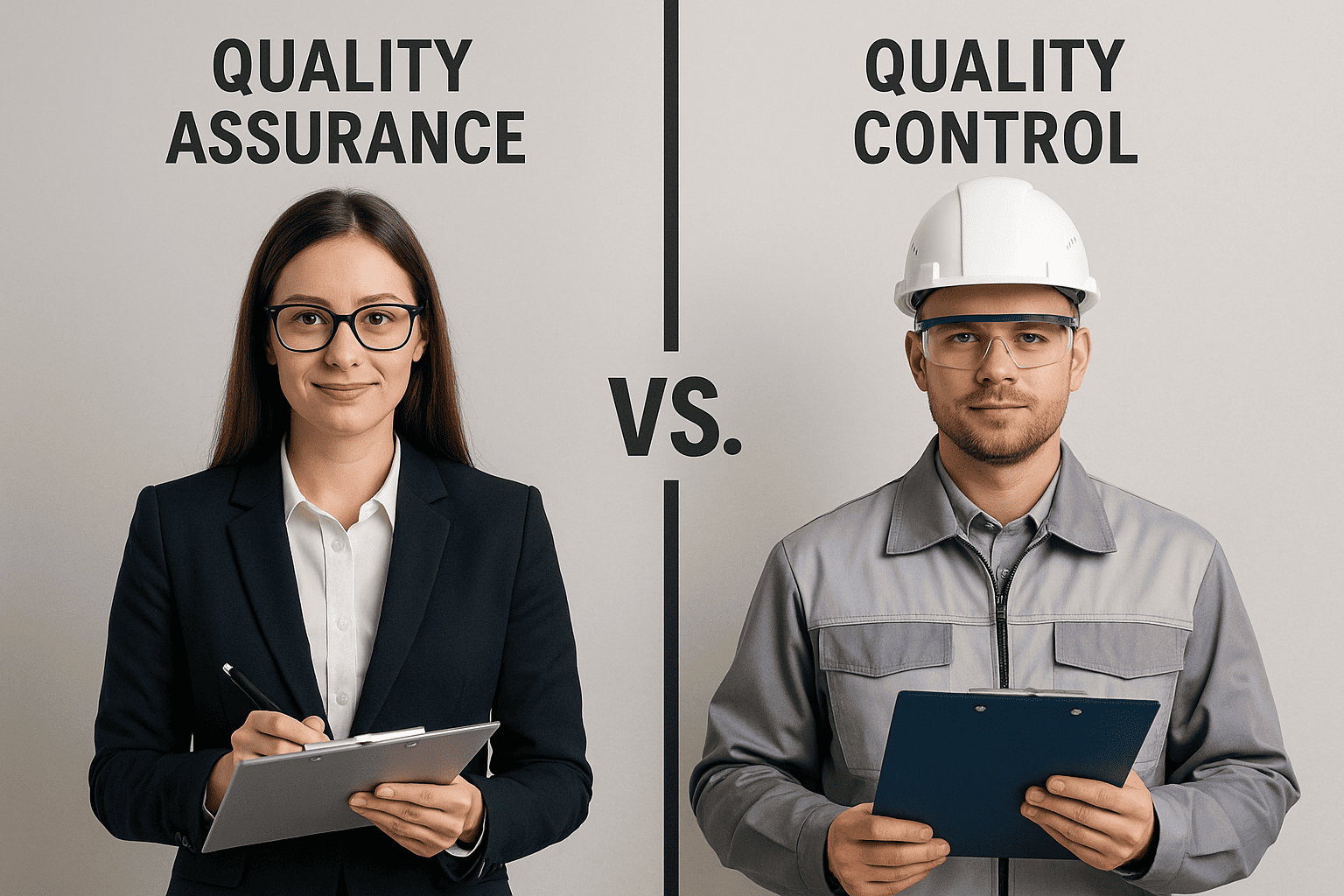

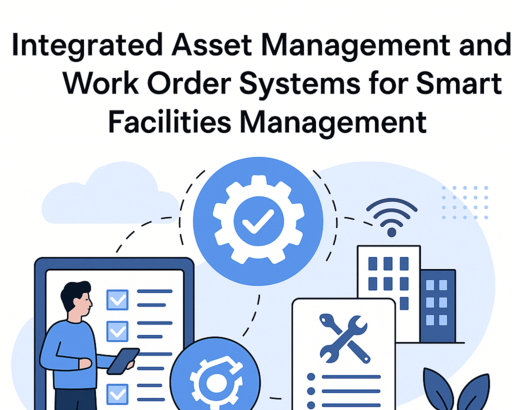
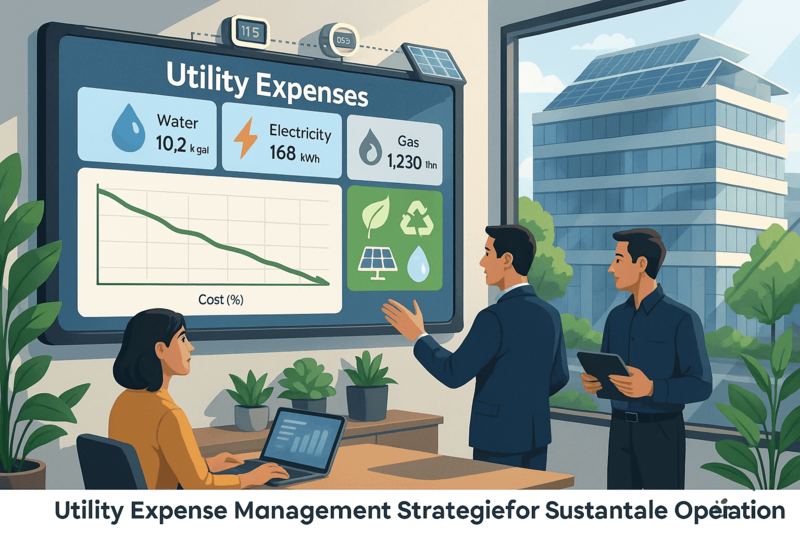


.png)




.png)
















.jpeg)









